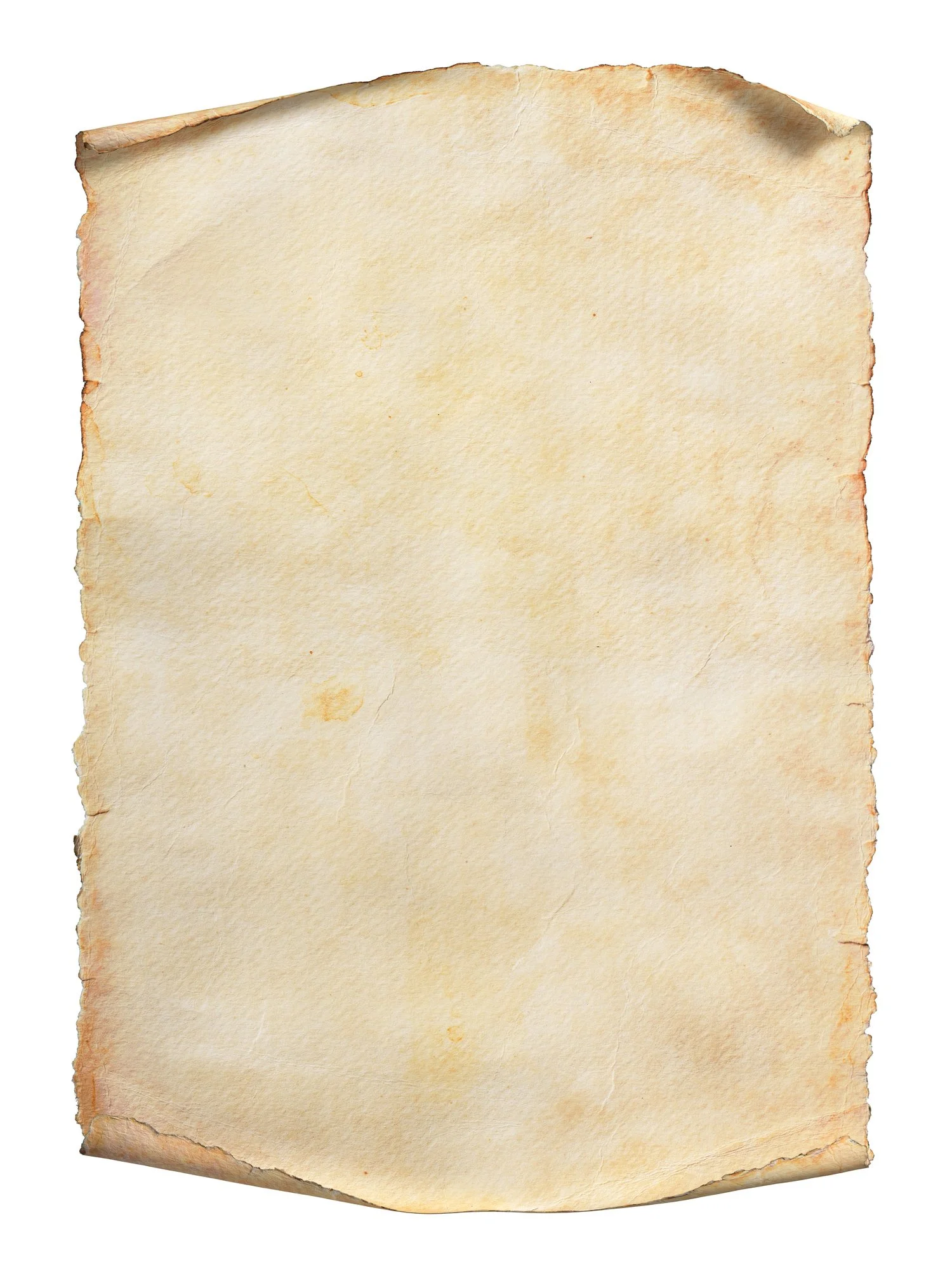
The Story Glossary
Need help with your letters?
If you’ve come across unfamiliar words or information in The Lost Letters stories, you’ve come to the right place! Here, you will find more information on the historical terms, characters and events in the story. The Story Glossary is continually updated with new entries.
Find items by alphabetical order below.
If you still have questions, feel free to email us!
C
Commode: An old word for toilet. In the past, this would have been a simple board with a hole in it, and a bucket underneath to catch your number ones and twos!
F
Football: Characters in your story often use the word ‘football’ to refer to what Australians now call a soccer ball.
I
‘No Irish Need Apply’: Avery learns that Melbourne businesses are posting signs stating they wouldn’t accept Irish job applicants. This really did happen. Notices like this also appeared in newspapers around Australia until the early 1900s. Long ago in Australia, Irish Catholics were treated unfairly and looked down on by British Protestants because of their Catholic faith.
L
Lisbon: Avery admires the city of Lisbon from the ship. Lisbon is the capital of Portugal, and ships regularly passed this port.
O
Orient: A steamship that carried passengers from England to Australia from 1879 to 1909. The journey from England by sea took around 40 days, which was considered quite speedy! Avery and family had to travel to England from their homeland Ireland to board the ship. Orient offered many luxuries, including refrigeration and electric lighting.
P
Plymouth: Avery had to travel from Ireland to Plymouth to board their ship to Australia. It was common for Irish people to travel to England to board ships to international destinations.
Pig pen: Avery’s ship has pigs and other farm animals on board. Ships really did carry livestock on long journeys, mostly for the meat, eggs and milk they provided to passengers (though only the upper classes often benefited).
S
Steerage: On old ships, the steerage section is ‘third class’, which is the cheapest and had fewer luxuries and comforts.
School: Avery does some classes on board the ship with Ms Clancy. While formal schooling was difficult in the cramped conditions on board, sometimes passengers would organise some learning for the children.
T
Tommy McRae: Avery meets Aboriginal artist Tommy McRae selling his work in the streets of Melbourne. McRae (c.1835–1901) was a real person, whose Aboriginal name has been recorded as ‘Yackaduna’ or ‘Warra-euea’. He was probably from the Kwatkwat people. His art mostly featured traditional Aboriginal life, including ceremonies, hunting and fishing. McRae’s work was popular with European customers, and he became successful enough to buy a horse and buggy. Between 1890 and 1897, however, all of his children were taken away under government regulations and sent to reserves around Victoria.
